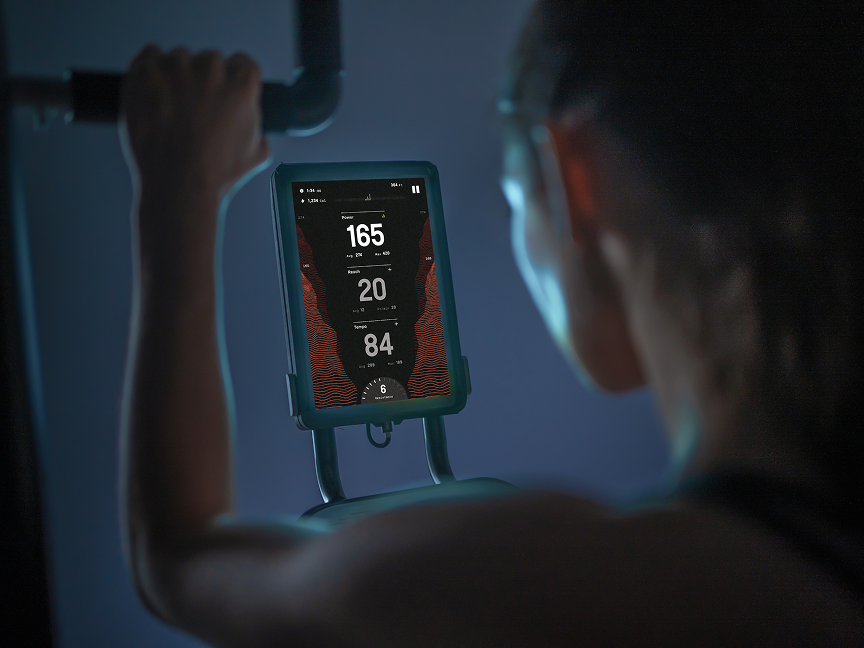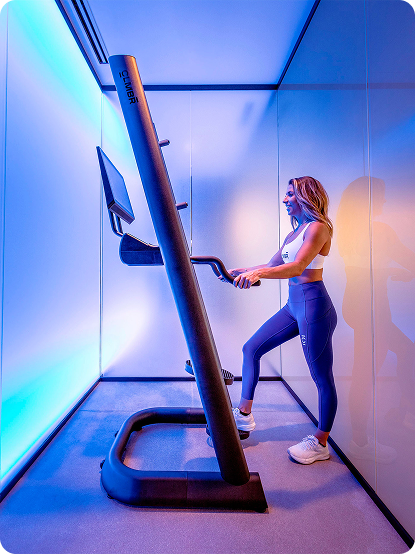Healthcare’s Blind Spot: The Everyday
Healthcare has no shortage of expertise, advanced tools, or good intentions—but most digital products only show up when something’s wrong. That leaves a huge gap between visits, where patients are left on their own to manage, maintain, or ignore their health.
As the industry moves toward value-based care, that gap becomes more costly. To improve outcomes and reduce spend, we need to build tools people want to use when nothing feels urgent—because that’s where everyday health decisions actually happen.
Fitness Built the Playbook
The fitness industry figured out how to drive consistent engagement without requiring a medical crisis. It didn’t rely on fear or compliance. It relied on smart experience design:
- Feedback loops that reinforce progress
- Offerings that reflect different goals, mindsets, and identities instead of one-size-fits-all care
- Communities that offer connection and create accountability
- Goals that evolve with the use
These aren’t just “engagement features”—they’re infrastructure for behavior change. And they’re exactly what healthcare is missing.

The Missing Middle of Digital Health
For many people, healthcare is episodic and binary. If I’m not sick, I must be fine. That mindset shapes how most digital tools are built: to check symptoms, schedule appointments, or manage medications.
But long-term health isn’t shaped by what happens in the hospital. It’s shaped by daily habits, small decisions, and whether people feel supported in the in-between.
From Episodic to Everyday
Health decisions are made every day whether you realize it or not. You’re either in the driver’s seat, or your habits, environment, and unconscious choices are making those calls for you.
Preventive care doesn’t work if it’s invisible. It has to be designed into people’s lives. That means:
- Tools that help people stay on track not just course-correct
- Systems that feel collaborative not top-down
- Interactions that build understanding and confidence, not just compliance
- Language that invites, not overwhelms
The in-between moments—when nothing feels urgent—are where real health management happens. But most digital health tools aren’t designed to support that space.
Fitness platforms offer a compelling model, helping users see how today’s effort builds toward tomorrow’s results. Healthcare needs that same mindset shift. If we can help patients connect the dots between small daily actions and long-term outcomes (and design tools that support those moments) we can turn passive patients into active participants.
"Most people have a binary relationship with health: if I’m not sick, I’m healthy. We are trying to push past that binary, building digital products that drive more consistent engagement with personal health."
Nat Carruthers
Head of Product of Cactus
A Proven Path to Long-Term Engagement
If healthcare wants to reduce costs and improve outcomes, it needs to stop designing for emergencies—and start designing for everyday life.
Fitness didn’t build its engagement model overnight. It took decades of iteration, experimentation, and real investment in user experience and user segmentation.
In healthcare, that future won’t be powered by checklists and portals. It’ll be driven by human-centered design: systems that motivate, reward, and evolve with users over time.
The playbook already exists. Healthcare just needs to start using it.
